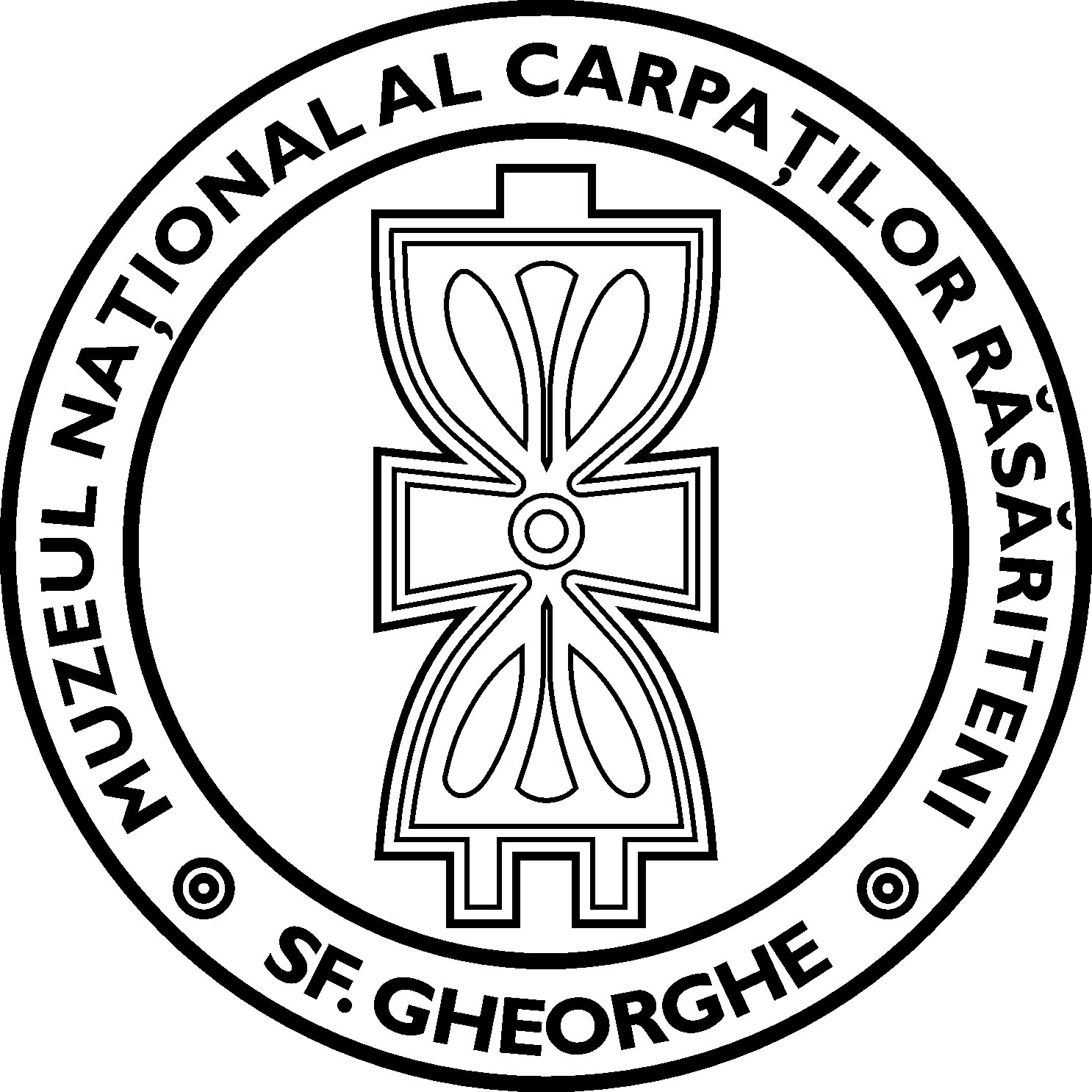The period to which it refers, the second half of the nineteenth century and the beginning of the twentieth century, is distinguished by the complexity of the problems generated by the major events that took place at the macrosocial level with impact on multiple levels, including education. This is an area in which the changes that have taken place, on several occasions, at the level of legislation have brought great challenges for communities and churches in order to maintain denominational education, which is vital for education in the mother tongue. Starting from the fact that the demographic evolution of the ethnic and confessional element imprints the evolution of the school system at a certain moment in a determined space, an analysis of this problem was considered, highlighting the significant population growth in the period 1850-1810 with the preservation of the ethnic structure, the majority being the Hungarian ethnic population followed by the Romanian ethnic population. The existence of the confessional school was conditioned by the number of school-age population. The evolution of the school population was analysed, highlighting the problems related to attendance and the causes of absenteeism. The biggest challenges for denominational education were those related to the condition of the school building, facilities, teachers, their qualification and salary. In order to see the response of the church, of the local communities and of all those involved in the education process to these challenges, we focused on these aspects, namely on the situation of the school’s movable and immovable property, teachers’ salaries, qualification and improvement. And because one of the important criteria for evaluating the teaching work carried out by teachers with students during a school year was the result obtained by them at the final exam of a school year, it was also considered how the school year was structured and completed.
Informații documentare privind învățământul confesional românesc în localitatea Covasna (a doua jumătatea a sec. al XIX-lea – începutul sec. al XX-lea) / Documentary information regarding the Romanian confessional education in Covasna locality (second half of the 19th century - beginning of the 20th century)
